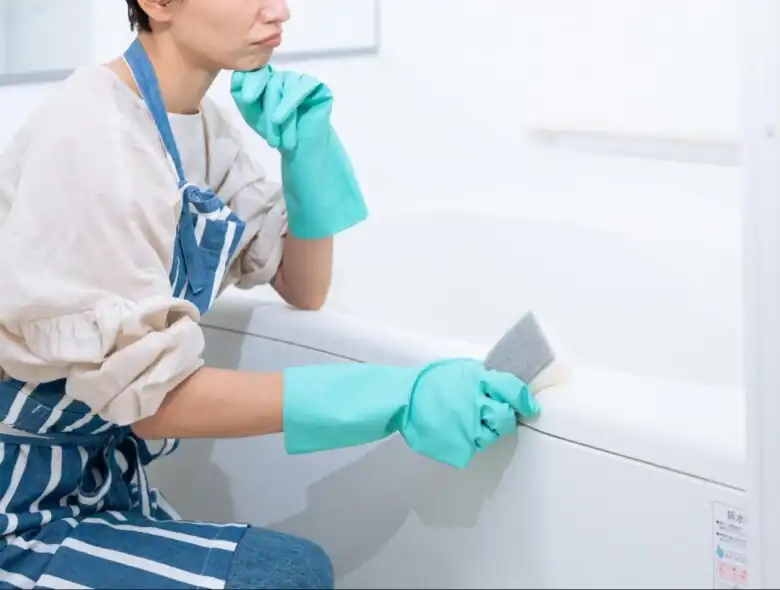If you notice signs that your bathtub drain might be clogged, water draining slowly, or backing up while you shower, it’s time to investigate further.
Ignoring a clogged bathtub drain, hoping it will clear up on its own, will only make the problem worse. It’s important to address it as soon as you notice any issues. While you can always consult a professional, there are also effective Do It Yourself methods that you can use to resolve the clog yourself.
In this article, we’ll explore the common causes of clogged bathtub drains, share DIY solutions you can try, and offer tips to prevent future clogs. If you’re experiencing issues with your bathtub not draining properly, please refer to this article.
Village House offers a wide selection of over 1,000 affordable and charming properties across Japan. If you’re considering a move, we invite you to explore our website for more information.
What causes a clogged bathtub drain?
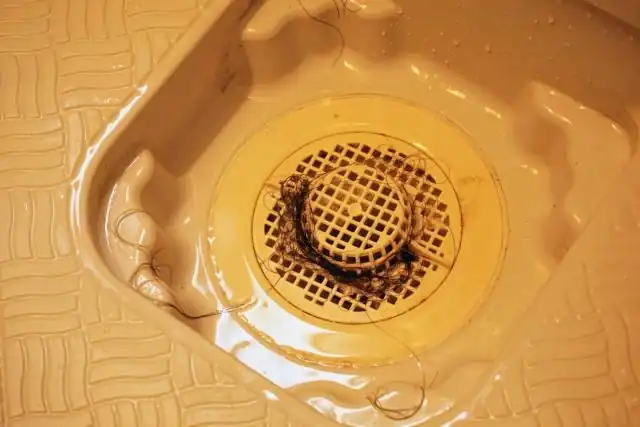
Hair
Hair is one of the leading causes of clogged drains. On average, humans shed around 100 hairs a day, and many of these strands wash down the drain during shampooing. Over time, this hair can become tangled and harden, leading to blockages. If not addressed, soap scum, grime, and other debris can accumulate, resulting in a more severe clog.
Detergent residue
Soap scum and detergent residues from shampoos and body washes are also common contributors to clogged drains.
These residues can cling to small hairs and other solid particles, gradually forming large, sludgy clumps. Since detergent residue is alkaline, using an acidic pipe cleaner can effectively help dissolve and clear the clog.
Solids
Solid objects like hair ties, scraps from shampoo or conditioner refill packs, and even razor blades can contribute to clogged drains if they accidentally fall in. In homes with children, it’s also common for toys to be flushed down the drain.
If these items are left in the drain, hair and detergent residue will continue to build up around them, exacerbating the clog. It’s crucial to address the issue promptly to prevent it from worsening.
How to solve the problem with wire hangers
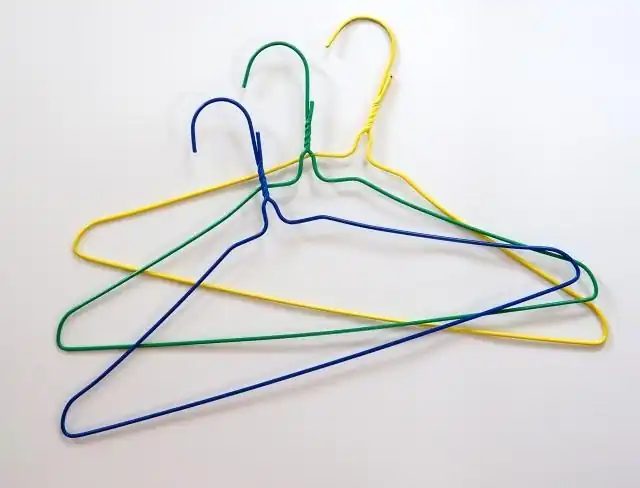
If the clog hasn’t solidified, you can often clear it using a wire hanger. Start by removing the drain trap components to access the hole leading to the drainpipe. Then, insert a straightened wire hanger into the hole to dislodge the blockage.
Insert the hanger as deep as possible, using it to scrape away any buildup inside the pipe. This method targets the clog directly. If you’re fortunate, it may clear stubborn clogs that other commercial liquid pipe cleaners couldn’t remove.
How to solve the issue with a liquid chemical drain cleaner
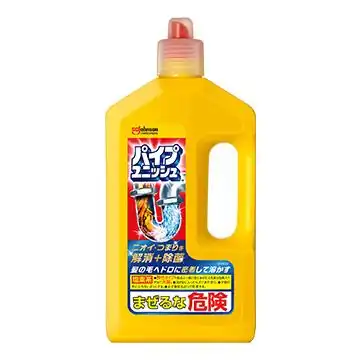
Source: Johnson Pipe Unish
When faced with a clogged drain, your first thought might be to reach for a liquid pipe cleaner. These products are readily available at drugstores and supermarkets, and they’re simple to use: just follow the instructions, let it sit for the recommended time, and then flush it away.
The primary ingredient in liquid pipe cleaners, sodium hypochlorite, is effective at breaking down proteins, making it useful for dissolving hair. Additionally, sodium hydroxide breaks down oils, which helps remove sebum and other greasy residues from hair, further aiding in clearing clogs.
Things to be aware of when using liquid pipe cleaners
- Ventilate the room
When using liquid pipe cleaners, it’s essential to ensure proper ventilation. Turn on a fan or open a window or door, as these products contain strong chemicals that can be harmful if inhaled in an enclosed space. Neglecting ventilation may lead to health issues, so please be cautious.
- Use gloves
Liquid pipe cleaners contain strong chemicals that effectively dissolve hair and break down oil. However, they can leave a slimy residue on your hands and may cause roughness after rinsing. To protect yourself, always wear rubber gloves while using these products, and consider wearing goggles to safeguard your eyes.
- Do not mix with other detergents
Liquid pipe cleaner bottles are always labeled “Do not mix.” Many of these cleaners are chlorine-based. Combining them with acidic products can produce toxic chlorine gases. These gases are highly irritating to the eyes, skin, and throat, and inhalation can lead to severe pain and potentially life-threatening situations. If you notice anything unusual, evacuate the area immediately and seek medical attention.
How to solve the problem with a plunger
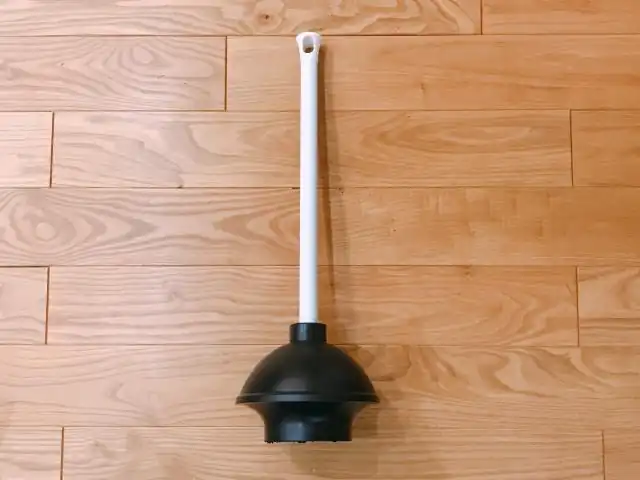
A plunger, typically used for unclogging toilets, can also be effective for bathtub drains. It may remove solid objects causing the clog in one go. Additionally, by sucking out the debris, it makes the cleaning process easier and more efficient.
To use a plunger on your bathtub drain, follow the same method as for a toilet: place the cup over the drain and move it up and down several times. For improved suction, fill the bathtub with water until the cup is submerged. However, be cautious as using excessive force can damage the drainage system.
How to solve the problem with citric acid or baking soda
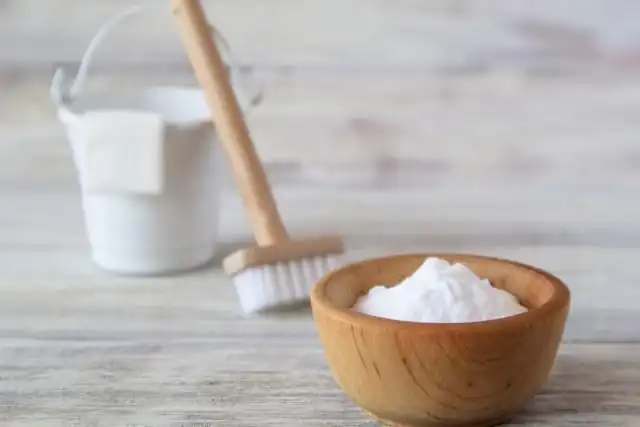
If your drain is clogged with soft materials like sludge, a mixture of baking soda and citric acid can be quite effective. Both ingredients are commonly used for cleaning in kitchens and other areas, making them easy to find in most households.
Drains often accumulate a mix of weakly acidic substances like sebum and alkaline substances such as soap scum and limescale. Using a liquid mixture of alkaline baking soda and acidic citric acid can effectively address both types of buildup.
To use this method, mix baking soda and citric acid in a 3:1 ratio and sprinkle the mixture around the drain. Next, slowly pour in a cup of water and let it sit for about an hour. Finally, flush the drain with more water to rinse away the loosened debris.
Three measures to prevent recurrence
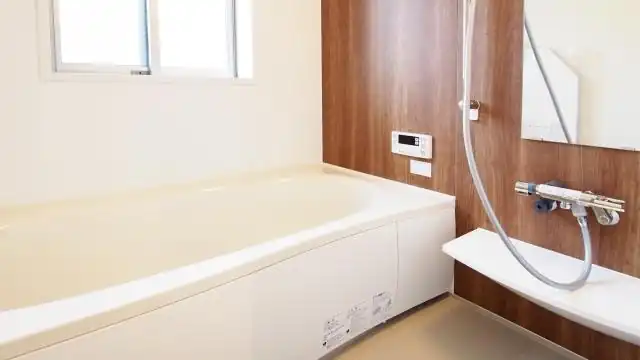
- Clean your drain traps regularly
Regularly cleaning the drain trap is crucial to prevent clogs before they occur. Start by maintaining the hair catcher, which is located just under the drain cover. Simply remove any tangled hair after each bath. Additionally, it’s helpful to remove the water seal and drain piece to clean the entire drain ladder about once a week. This routine maintenance can significantly reduce the risk of clogs.
- Use liquid pipe cleaners regularly
Liquid pipe cleaners are most effective when used proactively before the drain becomes clogged. If you wait until a clog has formed, it may be too late to resolve the issue, depending on the severity. For best results, consider using liquid pipe cleaners regularly, about once a month, to help prevent clogs from developing in the first place.
- Cover the drain trap with a net or sheet
While the drain trap includes a hair catcher, it may not catch all hair. Consider covering the drain and hair catcher with a fine mesh net to enhance its effectiveness and prevent hair and other debris from slipping through. This simple addition can significantly reduce the amount of buildup in your drain.
You can find fine mesh nets sold at reasonable prices as “hair catcher nets” or “hair catcher sheets.” One advantage is that they are disposable, making daily cleaning of the hair catcher a breeze.
At Village House, we offer free deposits, no key money, no renewal fees, and no commissions. With many affordable properties available starting from just 20,000 yen, feel free to contact us if you’re looking for a rental property!

Hello, I’m Machiko Doi, a freelance writer who writes about housing and living in Japan.
I live in an 80-year-old house that I inherited from my grandparents along with my two shelter cats and daughter.
We live a relaxed life while repairing the house.
I like to cook vegetables from the garden and fresh fish caught by my father, and enjoy them with cold beer on a hot day or hot sake on a cold day.


